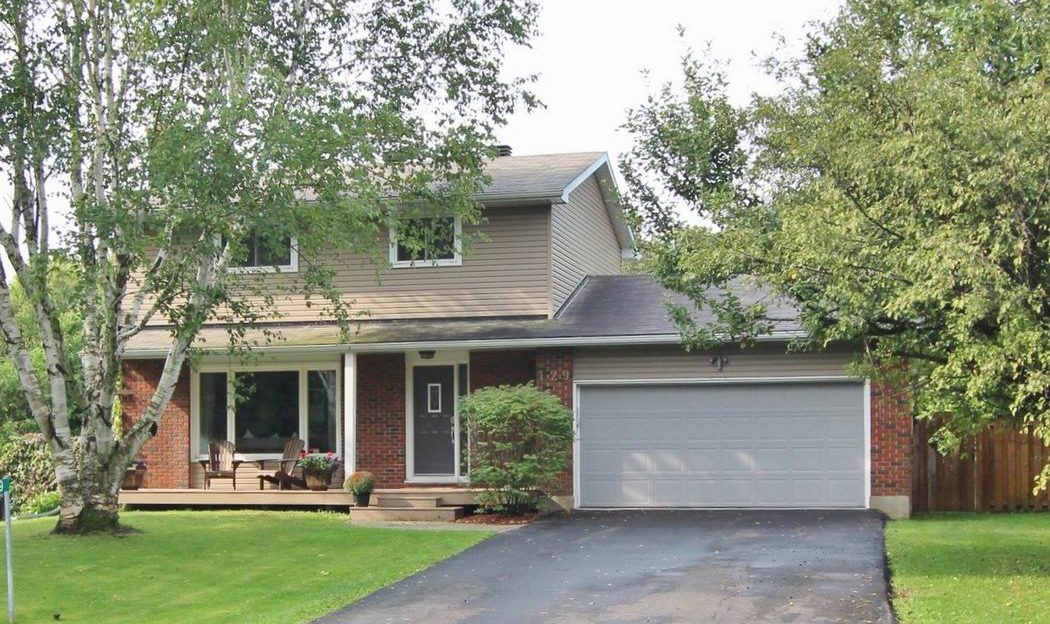Q: I’ve decided to sell; how do I start the process of selling my house?
A: This question deserves a two-part answer. In a related column I tackled the first part, which is how to choose the right real estate agent. And here is part two of the answer, which looks at how to start the process of “selling my house.”
Getting ready
After landing a good agent, ask them for help getting started.
Having a good idea of market values in your neighbourhood and a comparative market analysis is crucial so that you and the agent know who you are marketing to and how to tailor the listing campaign.
As for prepping the house itself, there are common first steps that remain consistent. These may seem like obvious items on a checklist, but it’s surprising how often they are overlooked – and overlooking is detrimental.
A buyer’s point of view
It’s hard for sellers to do sometimes, but your goal is “selling my house” you need to try to experience your house as a buyer viewing for the first time. This is especially true if you have lived in your home for a long time, as you will often stop seeing little negative things that will jump out to others.
Looking past the imperfections of your home is normal and generally part of home ownership, as we don’t all live in homes that are in a “ready state” to be marketed. However, when it comes time to put your home’s best foot forward, this is where having an outsider like a good agent walk through the house and point out things that may detract from showing the home as well as it could be.
Often, low-cost fixes and those requiring some physical effort are the best first steps that can offer the highest returns on time and money.
Selling my houses: Clean, clean, clean
Cleaning is No. 1. In corners, behind appliances, light fixtures, tops of cupboards, underneath sinks, windows, inside and out, plus window finishings – and don’t forget the screens.
Bathrooms and kitchens are key. Get down into the basement, and clear out all the nooks and crannies. Clean like the place has never been cleaned before.
Hire outside help if necessary. This investment will offer the best return on the dollar, as a clean house will leave the potential buyer with positive feelings that the place is well maintained and loved.
De-clutter & de-personalize
Following closely after this step is to get rid of all the excess “stuff” that has been collected over the years, which includes removing personal items and photographs, and paring down the amount of furniture in rooms.
Some staging is important, but generally less is more. Some well-placed pieces will show a room more spaciously than overdoing it. The house should stay in a state of top-notch cleanliness, ready to be shown until it is sold. So, this may be the time to have a house cleaner in every once in a while to help out.
The agent, coming in for that first-time inspection, should be asked if there are any smells. Smell can have a very emotional impact on buyers, yet you may not even notice a smell if you have lived in your home for some time.
Smokers, animals, or signs of more serious situations such as moulds or moisture should be dealt with in advance of showing the home.
People are often very ready to start spending lots of money in prepping their house, but these first low-cost steps can offer the best payback.
When you have a budget
The first thing on the list of things to do requiring some budget would be paint. Wild colours, faded rooms, pockmarked walls: repainting a room – or the whole house as necessary – can often provide a 100-per-cent payback on the effort. This may very well set your’ home ahead of the competition in a busy market.
It’s usually a sliding scale of return on investment when considering major renovations and high-level updating. However, if the kitchen hasn’t had anything done to it since the late ’60s, perhaps some low-cost ideas, like painting cabinets, a new countertop or cabinet hardware, can give a little breath of fresh air to a place.
Kitchens and bathrooms are often non-negotiables for buyers who may want them already updated and still offer the best chance to grab a buyer’s interest. And a carpet that dates to the 1980s may detract from an otherwise very marketable home so you might consider low-cost flooring.
Your paperwork
Before listing the home, it’s a good idea to start pulling out receipts and documentation, such as surveys, certificates, utility bills and inspections, and have them ready for that first buyer inquiry.
Ideally, an agent should present a home with a complete listing package, with definitive information on past improvements and repairs. This will give a sense of security to the buyer and will give your home the competitive edge.
Curb appeal
Also very important when you’ve decided “selling my house” is your goal: how do the house exterior and yard appear? How does the home look when you approach from the front? Curb appeal is critical, as many buyers will do a drive-by first, even before booking an appointment through their agent.
Clean, free of clutter, a well tended yard, and some nice perennials can go a long way to looking good from the street. Minor fixes can be time well spent. And don’t forget to make sure your front door and trim is impeccable, with a working door bell. You want to make a good first impression when you’re goal is “selling my house.”
And don’t forget the backyard, which is becoming increasingly important to buyers. Whether it is a small cosy balcony, or a sprawling, spa-like yard with gardens, a pool and a gazebo, people all want a little slice of serenity to escape to.
Whatever the house – a fully renovated recent build, or a much loved and lived-in fixer upper, try to show it in its best possible light. Not all properties are the Taj Mahal, but every property has strengths that can be accentuated for maximum results.
There is a buyer for every home, and your goal is to get top dollar and the best terms and conditions for yours.
Originally published Oct. 8, 2017



